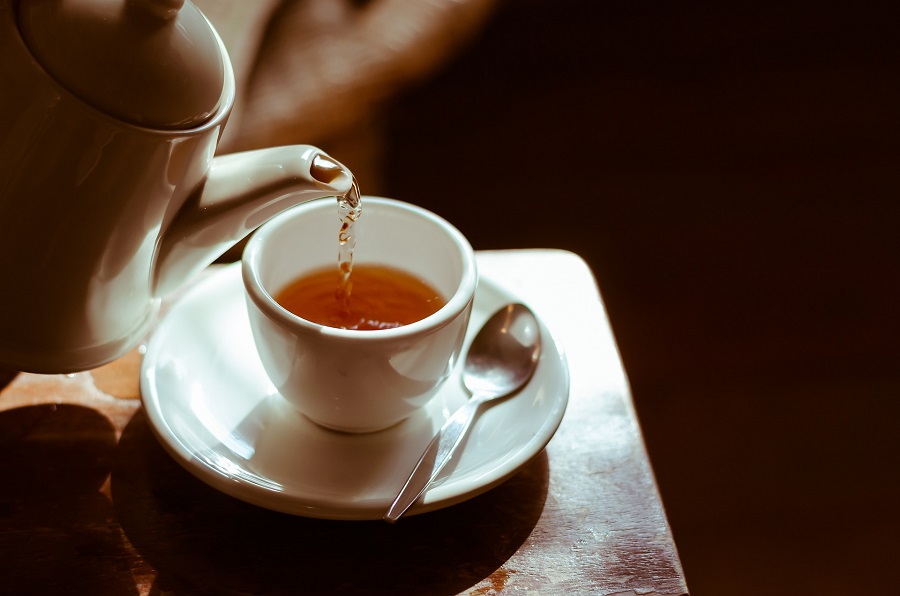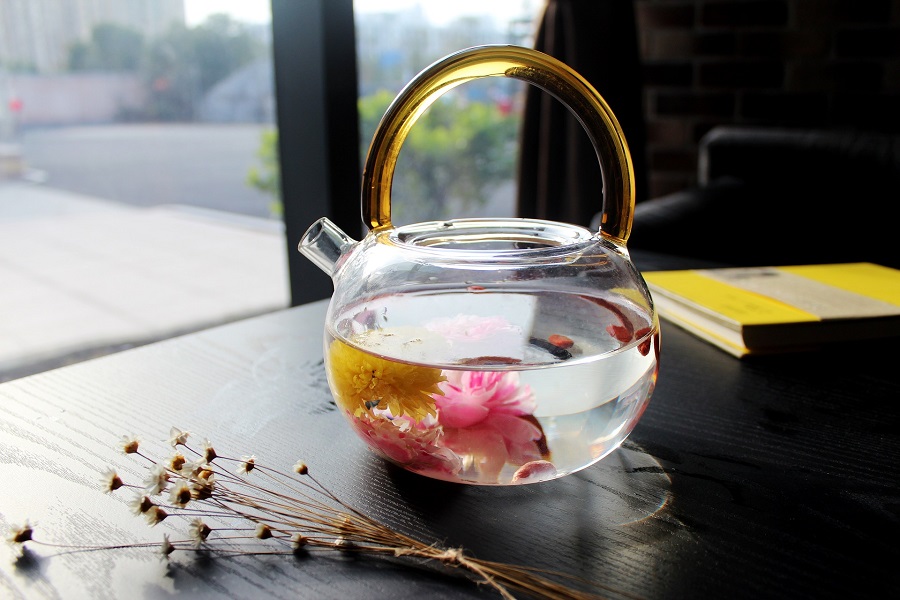Beginners’ guide to choosing the best loose leaf tea

If you love the rich flavour and aroma of tea leaves, don’t miss loose leaf tea! Different from tea bags, loose leaf tea has complete tea leaves and usually contains no preservative, in which way the essential flavor, aroma, and nutrients of tea are kept to the full extent. But not sure where to start as a beginner? Move on to learn how to choose the best loose leaf tea.
Types of tea

Firstly you need to have a full picture of different types of tea, based on their flavors, health benefits, and the amount of caffeine.
Highly oxidized from Camellia Sinensis, black tea contains the most caffeine, with a dark color and strong flavor. On the contrary, green tea is lightly oxidized and therefore has fresh green color and tastes much lighter. It is also known for its rich antioxidants and vitamins. The least oxidized tea is white tea, which is taken out as soon as it is exposed to heat.
Oolong tea lies in the middle of black tea and green tea, so depending on the oxidization process, it can either fall in the black tea category or green tea type. If you want to have some special taste, try pu-erh tea. It goes through oxidation and fermentation in a unique way, and it leaves you a strong earthy flavor that no other tea has. The last one you should know is herbal tea, which is a combination of herbs and spices. It is totally caffeine-free.
Seasonality

Tea leaves plucked in different seasons also have different flavors. Spring is the best season when high-quality tea leaves are produced, such as green tea. It is rich in catechins and antioxidants, and the taste is really mild and sweet. Then there’s autumn when the cool temperatures and sufficient sunlight bring a creamy and buttery texture to tea. While in summer, the tea leaves can taste rather bitter due to a high level of catechins. However, the good thing is tea leaves during this time is cheap relatively, and you have all kinds of black teas to choose from. Loose leaf tea plucked in winter is sweet in taste and rich in aroma. Despite insufficient sunlight and low temperatures, tea leaves still absorb nutrients in this period.
Altitude

Altitude is another important factor for the quality of tea. At high altitudes, the temperature and the air pressure are lower. As a result, the roots of tea will try to absorb more water, which further affects the taste of tea. At lower altitudes, however, there is a higher temperature accordingly, so the tea tends to be rich in astringent content, which brings a slightly bitter taste. For a mild sweet flavor, you may need to choose the tea grown on the windward side of the mountains, as they receive a large amount of rainfall.















